Pour découvrir la version française de cert article, cliquez ici
In France, school is compulsory from ages 3 to 16. The Jules Ferry laws of 1881 and 1882 gave the French State the obligation to offer free and secular education for all. The Ministry of National Education therefore offers a single curriculum, followed by the 12,409,900 students who started school in September 2018.
In order to present the school system in France, we will present the 3 types of schools that exist, then the 4 main stages of schooling, which are themselves divided into pedagogical cycles.
THERE ARE 3 TYPES OF SCHOOLS:
First, public schools, which are state-run schools. These schools are free and secular, and are required to accommodate all children located in a certain school area. The program taught is the one dictated by the National Education Department.
80% of the students are in a public school.
There are private schools under contract with the State. This contract, which binds the school with the State, obliges the school to follow the program, as well as the general rules issued by the National Education Department. Teachers in private schools under contract are assigned to schools by the National Education Department, and their remuneration is paid by the State. These schools, through the contract that binds them with the State, therefore benefit from financial support from the State. Private schools under contract are therefore neither free nor necessarily secular - 97% of these schools are Catholic. Nevertheless, since these schools are under contract with the State, they deliver the national education programme.
19% of students are enrolled in a private school under contract.
Finally, some schools are said to be private out of contract. This means that schools are not required to follow the curriculum or the rhythm of the National Education. Non-contracted schools therefore have greater freedom in terms of the pedagogy implemented, but they do not receive any financial assistance from the State. Thus, the recruitment and remuneration of teachers is the responsibility of the school. Among these schools, we find most of the bilingual schools, Montessori, eco-responsible, etc.
About 0.5% of students are enrolled in non-contract schools.
The Ecole M is a private nursery school outside the contract with the State. Teachers are free to use the pedagogy set up (view school principles of école M) but deliver the National Education programme.
THE SCHOOLING IS DONE IN 4 STAGES:
Kindergarten (3-6 years old): Kindergartens are divided into 3 classes: the small section, the medium section, and the large section. These 3 classes constitute cycle 1, which aims to deliver the first learning (exploring the world, mobilizing language, etc.).
Elementary (6-11 years old): these schools are divided into 5 classes: CP, CE1, CE2, CM1 and CM2. The classes of CP, CE1 and CE2 form cycle 2, which is the cycle of fundamental learning. It is during these three years that students learn how to read, write and count. The classes of CM1, CM2, and 6ème form cycle 3, which is the consolidation of knowledge.
Kindergarten and elementary are the primary school (3-11 years old).
College (11-15 years old): the classes of the college are an opportunity to deepen the whole range of knowledge acquired. The 6th grade finalizes cycle 3, while the 5th, 4th and 3rd grades form cycle 4, the last pedagogical cycle of the National Education. The major difference for students entering middle school is that they have one teacher per subject (compared to one teacher per class in pre-school and primary). The college years end with a national exam, the Brevet, which attests to the knowledge and skills acquired.
High School (15-17 years old): there are 2 types of high schools in France: the general and technological high school, which welcomes the vast majority of students, and the vocational high school, which allows students to immediately enter the professional world through an alternating education with internships in companies. The Second, First and Terminal classes constitute the 3 classes of the general and technological high school. In the final year of high school, students take the baccalaureate, which concludes these 15 years spent in school. Students then have the choice between continuing their studies in higher education (university, preparatory classes, business school, etc.) or engaging directly in working life.

